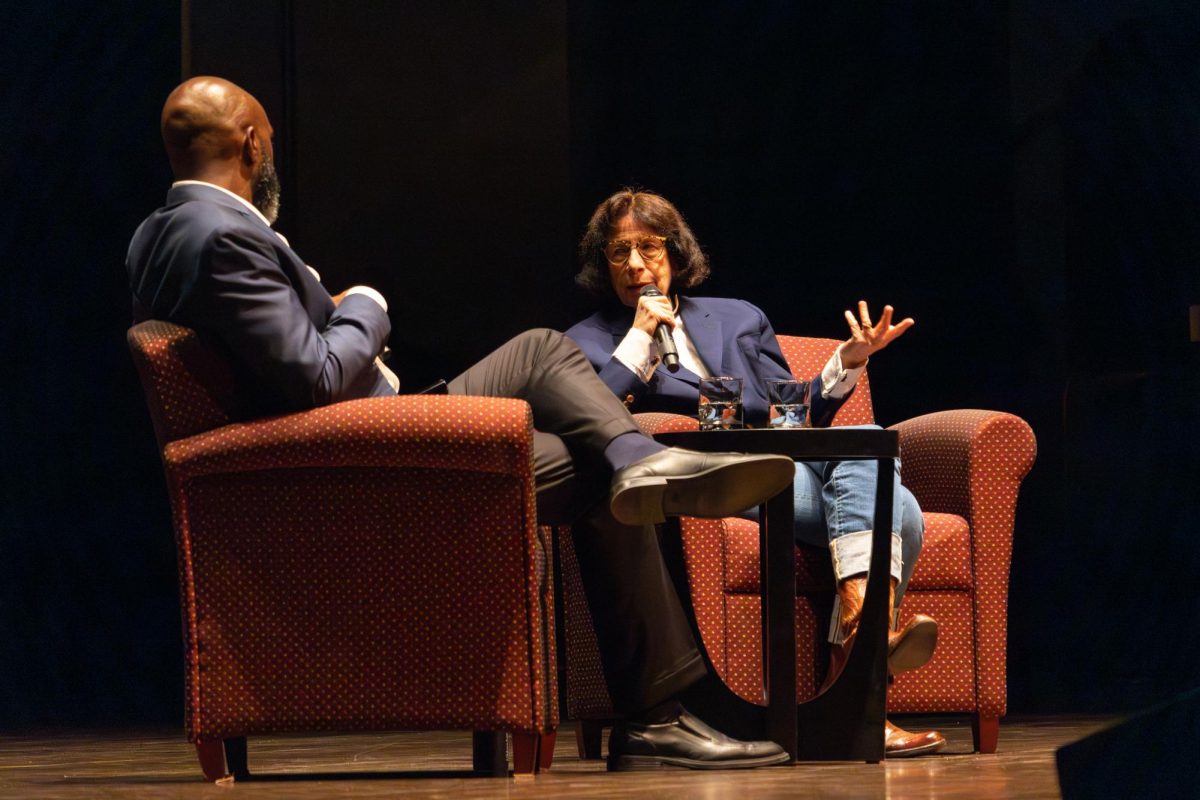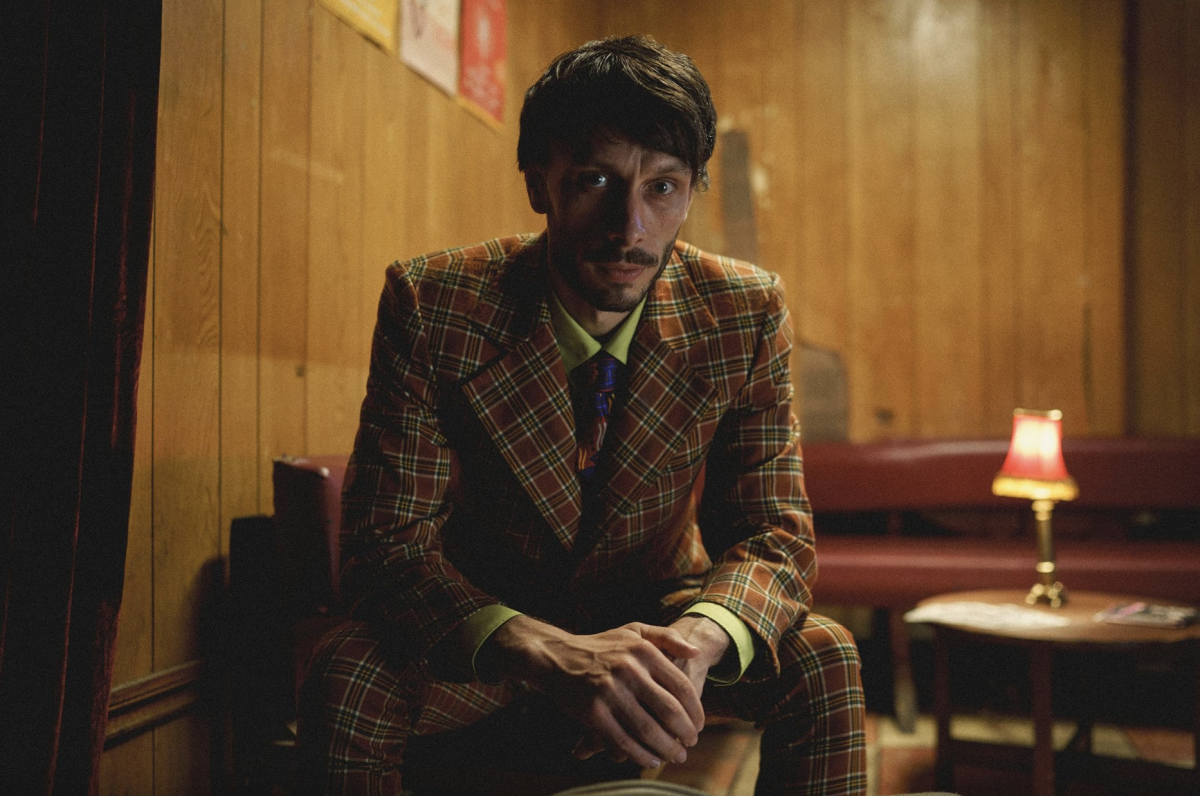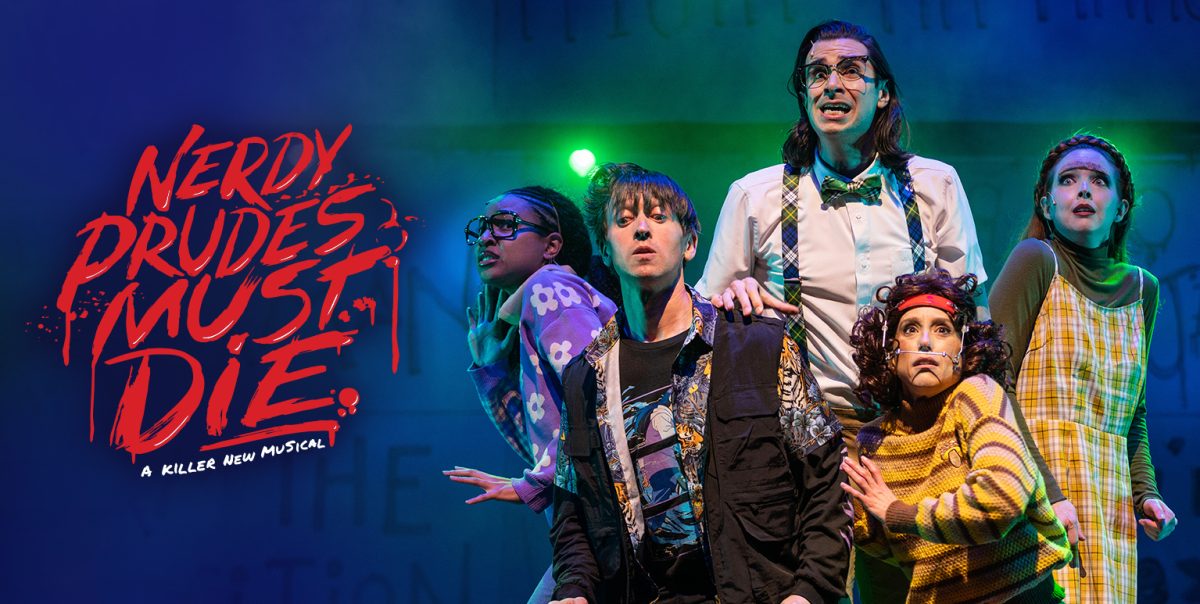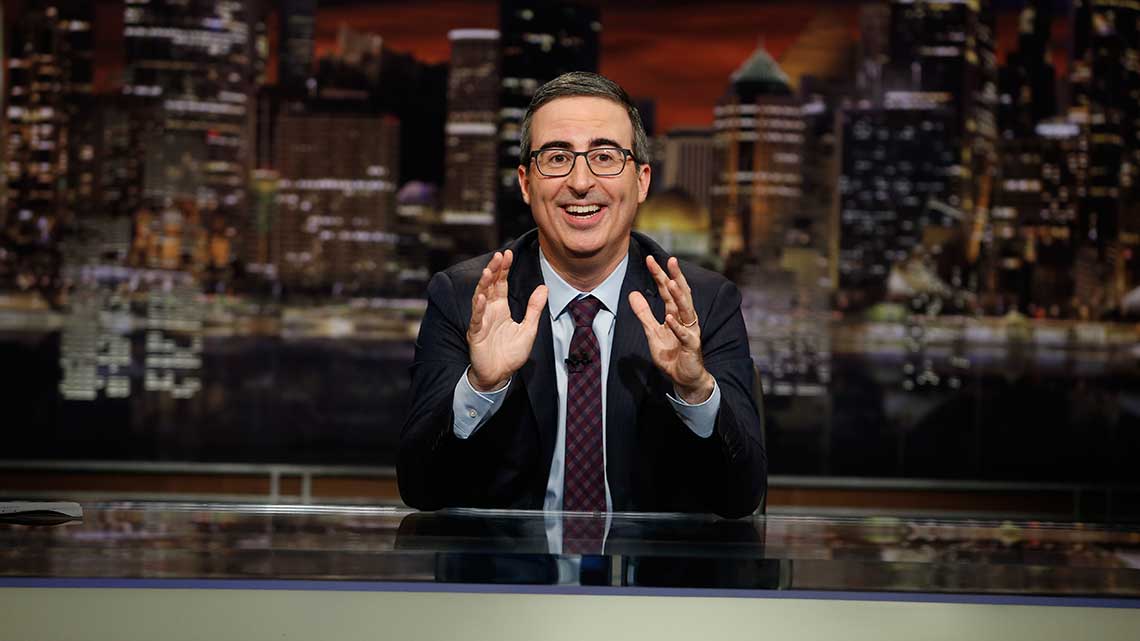
A horse walks into a bar. Bartender asks, “Why the long face?”
The titular character of “BoJack Horseman” is a washed up actor who, back in the 1990s, starred in a famous TV show called “Horsin’ Around” (think “Full House” meets “Family Ties” meets every cheesy sitcom trope out there). Those days are long behind him.
Now BoJack (Will Arnett), a depressed, narcissistic substance abuser, longs to recapture his past, “make people love (him)” and seek true happiness, even if his fundamental personality flaws forever impede him from ever reaching these goals.
Also, BoJack Horseman is literally a horse-man and lives in a world populated by both humans and anthropomorphic animals like cats, dogs, penguins and electric eels. Incidentally, I really want to know how creator Raphael Bob-Waksberg made this pitch to Netflix.
Now in its third season, “BoJack Horseman” continues to prove that adult animation can constitute more than just dirty language and poop jokes. As a character study, the show has approached the level of “The Sopranos” and “Mad Men” in psychological depth and nuance.
This complexity doesn’t only extend to our hero – and that term might too charitable a designation. BoJack’s agent, Princess Carolyn (a pink Persian cat played by Amy Sedaris), must grapple with a surprisingly layered portrait of a midlife crisis as she tries to balance career and romantic life.
Mr. Peanutbutter (Paul F. Tompkins), another fading D-list celebrity who acts as BoJack’s rival and best friend (at least Mr. Peanutbutter will insist so; the friendship is a touch one-sided), has a canine-like exuberance (because he is literally a yellow Labrador with a cool V-neck shirt) and optimism that acts as a cover for deep-seated insecurities and passive-aggressive behavior.
Then there’s Sarah Lynn (Kristen Schaal), a former child star on “Horsin’ Around” who grew into a famous teenage popstar and then grew into a washed-up drug addict who downs a hefty cocktail of drugs. If you’re not at least a little misty-eyed by the conclusion of her central episode, then you have a harder heart than I.
Production designer Lisa Hanawalt’s art has always pushed the boundaries of animation, yet her art style shines through in particular this season. The number of background gags hidden throughout every frame makes “BoJack Horseman” a uniquely-Netflix show, as it guarantees frequent pausing so that you can catch every joke, and even then you’ll probably miss a few. Furthermore, the amount of creativity that goes into the various drug hallucinations and training montages creates a surreal, unique, irreverent vision of Los Angeles.
Nowhere does this style prove more exemplary than in “Fish Out of Water,” one of the best episodes of television in recent memory. As part of BoJack’s press tour for his pet project “Secretariat,” BoJack must go underwater to the Pacific Ocean Film Festival.
Since he is unable to speak the fish language, nearly the entire episode is without dialogue and the meat of the story consists of physical gags and the gorgeous deep blue scenery of Hanawalt’s portraits. It’s an absolute marvel, and the fact that BoJack Horseman can distill the essence of “Lost in Translation,” “The Simpsons,” and Charlie Chaplin in only 20-odd minutes proves the miraculousness of this show.
Of course it’s not as if the rapid-fire delivery is lacking either. There’s a bit this season involving Jimmy Fallon and a Halloween store that had me in stitches. You’ll know once you see it. It certainly helps that numerous talents lend their voices to the various side characters that populate this universe like Angela Bassett, the “Broad City” duo, Alan Arkin and Character Actress Margo Martindale (it’s important you say her full title).
Amidst the sentient cartoon animals, there’s a fundamental humanity to the show that carries the emotional force of a freight train. Humor acts as pain’s greatest anesthetic, and it contextualizes that pain so we have better tools to confront it when it rears its ugly head again. A black comedy at heart, “BoJack Horseman” provokes laughter as much as it cuts to the bone.
Nate Taskin can be reached at [email protected].



















